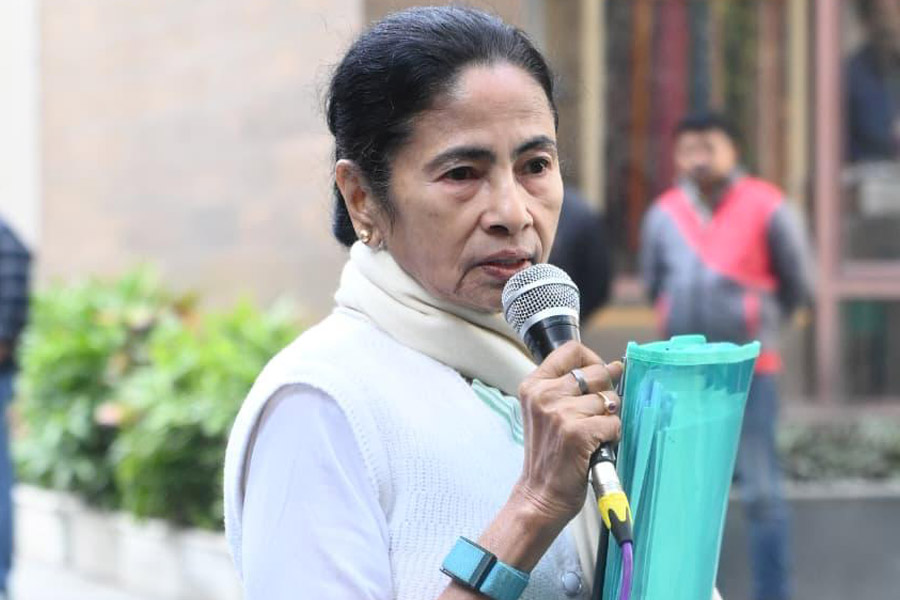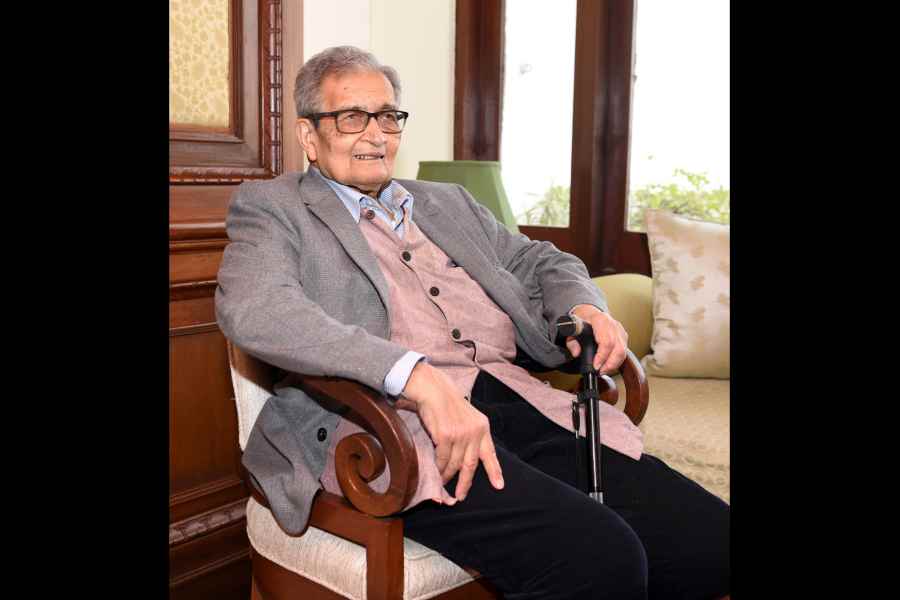|
|
| Cooked up |
Jaswant Singh’s runaway bestseller, A Call to Honour, should be taken as a case study on what makes a best-seller in the Indian market. Obviously it is a mix — of the celebrity status of the author, the relevance of the book and a bit of sugar and spice backed by massive media publicity. Interviews with the author clarifying what he meant, with teasing bits about the missing mole or of the dog that did not bark, keep the pot boiling. Put the four elements in a shaker and you get a heady cocktail to feed the middle class (Page 3 types) with all the gossip for the social whirl. What is interesting is that nowhere is the price a deterrent or the ponderous style that makes the subject boring or incomprehensible, or both.
Hence, two questions arise. How much of the success of the book is due to the media hype, aided and abetted by the publisher and the author? More importantly, for how long does the bestsellerdom last after we have blown the candles off and gone home?
Jaswant Singh’s publishers claim that they have “moved out” 20,000 copies at Rs 495 per copy. For the Indian market this is a pretty good going. Whether Jaswant’s sales figures are true or not would only be known when the royalty statements are prepared at the end of the financial year. But for the moment let’s accept that it is.
The operative word here is “moved out”. There can be a lot of quibbling on what precisely “moved out” means. Does it mean firm sales for which money has been received or does it mean that the publishers have sent out 20,000 copies to various bookshops across the country on what is called ‘consignment basis’? That is, if copies remain unsold after a stipulated period, they could be returned to the publisher and credit given for them. Invariably, such large quantities are sent out on a consignment basis, or at least there is a clear understanding between publisher and wholesaler/booksellers that unsold stock would be taken back.
If this is the case, then it is not entirely correct that 20,000 copies have been sold but neither, for that matter, is it entirely incorrect to say that they have not. Publishers will never give the precise figure simply because everything is on hold, as it were. This is where the publicity department steps in and starts working with a little help from the media that plays up the sales figures and follows it up with the author on the controversial bits in the book.
What is important is to realize that the successful marketing of books depends upon a collaboration between the writer, the publisher and the mass media. Developments in print and communications technology in the last decade have led to a vast expansion and diversification of media outlets. They have an inexhaustible appetite for raw material; discussion and gossip about books and personalities are a cheap source of such material.
Do such best-sellers last? Very few do. After you have extracted the juice or the gossipy bits, there is not much left to linger over. In any case, publishers are no longer interested in the long run — they want their returns now and move on to what the Americans call, ‘the next big thing.’











